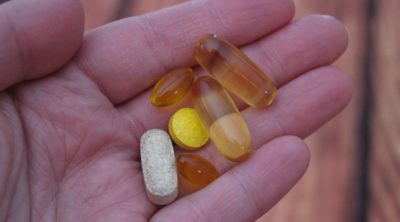
What level of exposure to carbon monoxide can be considered safe? A short write-up on safe carbon monoxide levels in your surroundings will answer that for you.
Even though it is not as hyped as carbon dioxide, carbon dioxide is a lethal gas which can even cause the death of an adult human when inhaled in high concentration over a significant duration of time. The same is formed in course of combustion when the amount of oxygen required to convert carbon containing compounds to carbon dioxide is not available. Simply put, it is produced when fossil fuel is burned in absence of oxygen. The ability of carbon monoxide to readily get accumulated in the blood stream makes it toxic for human health.
Carbon Monoxide Poisoning
After accumulating in the blood stream, carbon monoxide combines with the red blood cells and inhibits its ability to carry oxygen to various parts of the body. This gas is potent enough to cause severe poisoning which may eventually result in death of the individual. The hazardous effects of carbon monoxide poisoning range from mild headache to death – depending on the severity of poisoning. Sources of carbon monoxide exist in plenty, and quite a few of these – including cooking stoves, chimneys, traditional measures of cooking, etc. are found inside your home itself. Even smoking add to carbon monoxide levels in blood. At the same time, you also breathe in this gas in a relatively high concentration when you breathe air polluted by smoke coming from the exhaust pipes of vehicles with internal combustion engine.
With increasing pollution and so many sources of carbon monoxide around us, we can’t escape the same and therefore it becomes all the more important to monitor the concentration of this gas around us and ensure that safe levels are maintained at all times. Add to it the fact that it is a colorless and odorless gas, and that makes it all the more dangerous as detecting it in your surroundings becomes difficult. Carbon monoxide detectors do help in determining the concentration of this gas in the air, but the question still remains – what amount of carbon monoxide in the atmosphere can be considered safe.
Acceptable Carbon Monoxide Levels in the Surroundings
As with various other gases, the atmospheric concentration of carbon monoxide is measured in parts per million (abbreviated as ppm) and that’s one important fact that has to be taken into consideration when determining what is the safe carbon monoxide level at home. There is no doubt about the fact that carbon monoxide is toxic, but the effects of this gas differ from one person to another depending on various factors including the amount of exposure, the time of exposure, the person’s age, etc. For an adult, carbon monoxide exposure of 35 ppm continuously for a period of 8 years can turn out to be toxic, and symptoms of poisoning can become obvious in the form of headache and fatigue. However, at the same exposure to carbon monoxide can trigger severe complications in a child.
If the carbon monoxide levels in your home are 35 ppm, an exposure for less than 8 hours won’t do much harm. The CO detectors available in the market today are designed to send warning signals when the levels of this gas exceed the safety mark. The levels of this gas in an average home seldom exceed 100 ppm, but if you do have several sources of this gas in your home the chances they may even reach 150 – 200 ppm cannot be ruled out.
In this case, the person is likely to go unhurt for an hour or two – after which symptoms such as severe headache and fatigue will start surfacing. If the concentration of carbon monoxide reaches 200 ppm, the person will experience poisoning symptoms within an hour of exposure. As the exposure increases, the severity of these symptoms will also start increasing. Even though the risk is very less, the chances of the individual succumbing to carbon monoxide poisoning at an exposure of 800 ppm (which is considered extreme exposure) cannot be ruled out, and as this exposure increases, so will be the risk involved.
Even the Occupational Safety and Health Administration puts the acceptable levels of carbon monoxide at 35 ppm for a period of 8 hours. However, one has to take into consideration the fact that at times a person who is exposed to 70 ppm concentration of carbon monoxide may go unhurt, while a person who is exposed to 50 ppm concentration of the same will experience a range of symptoms. When it comes to carbon monoxide poisoning, the saying ‘prevention is better than cure’ does come as an eye-opener. You just need to make sure that you keep the levels of this harmful gas in check, and installing a carbon monoxide detector in the house is a good option to start with.


